News
-
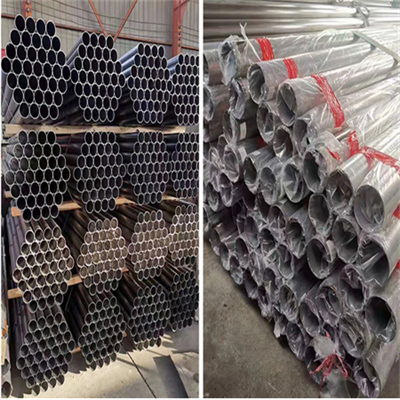
The difference between steel pipe and iron pipe
The difference between steel pipes and iron pipes is the carbon content. The metallurgical industry is usually divided into ferrous metallurgical industry and non-ferrous metallurgical industry. Many varieties in the charge belong to ferrous metallurgy, mainly including iron, pig iron, steel and ...Read more -
Ways to prevent steel corrosion
In practical engineering, there are three main protection methods for steel corrosion. 1. Protective film method The protective film is used to isolate the steel from the surrounding medium, to avoid or slow down the destructive effect of the external corrosive medium on the steel. For example, s...Read more -

Application of stainless steel coil in daily life
Because we need corrosion-resistant products on many occasions to complete many outdoor, kitchen, and coastal buildings. Therefore, stainless steel coil products can be seen everywhere in our lives. The 201 stainless steel coil has low cost and good performance. So its a...Read more -
The development prospect of stainless steel pipe
Stainless steel is an important product of the steel industry. Can be widely used in living decoration and industry. Many people on the market use it to make stair railings, window guardrails, railings, furniture, etc. The common materials are 201 and 304. Stainless steel pipes are safe, reliable...Read more -
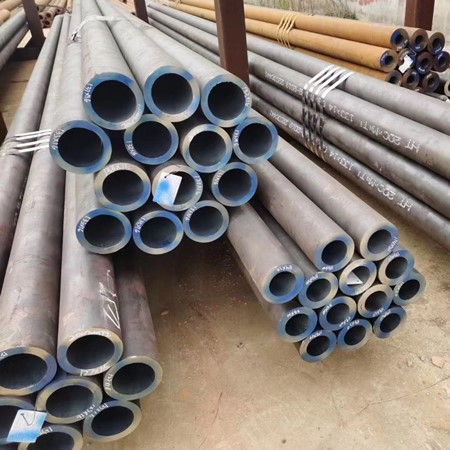
The difference between welded steel pipe and seamless steel pipe
1. Different materials 1. Welded steel pipe: Welded steel pipe refers to a steel strip or steel plate that is bent and deformed into a circle, shape, etc., and then welded into a steel pipe with seams on the surface. The blank used for welded steel pipe is steel plate or strip steel. 2. Seamless ...Read more -

The difference between cold rolling and hot rolling
The difference between cold rolling and hot rolling is mainly the temperature of the rolling process. “Cold” means normal temperature, and “hot” means high temperature. From a metallographic point of view, the boundary between cold rolling and hot rolling should be disting...Read more -

How to deal with blackening of stee
Under natural conditions, a 10-20A oxide film will be formed on the surface of steel parts due to the contact with oxygen in the air. During natural film formation, depending on the physical properties of the metal itself, the surface state and the oxidation conditions, some of the oxide films fo...Read more -

Welded steel pipes you don’t know
Welded steel pipe, also known as welded pipe, is a steel pipe made of steel plate or steel strip after being crimped and welded. Welded steel pipes have a simple production process, high production efficiency, many varieties and specifications, and less equipment investment, but the general stren...Read more -

How many ways are there to connect pipes?
1. Flange connection. Pipes with larger diameters are connected by flanges. Flange connections are generally used in main road connecting valves, return valves, water meter pumps, etc., as well as on pipe sections that need to be dismantled and repaired frequently. If the galvanized pipe is conne...Read more -
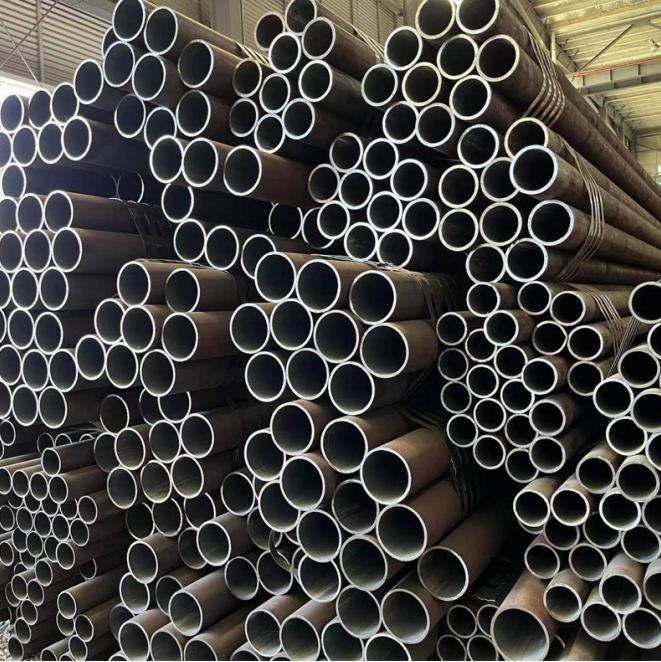
Standard for seamless steel pipes
Seamless steel pipe is a long strip of steel with a hollow section and no joints around it. The steel pipe has a hollow section and is widely used as a pipeline for transporting fluids, such as pipelines for transporting oil, natural gas, gas, water and certain solid materials. Compared with soli...Read more -
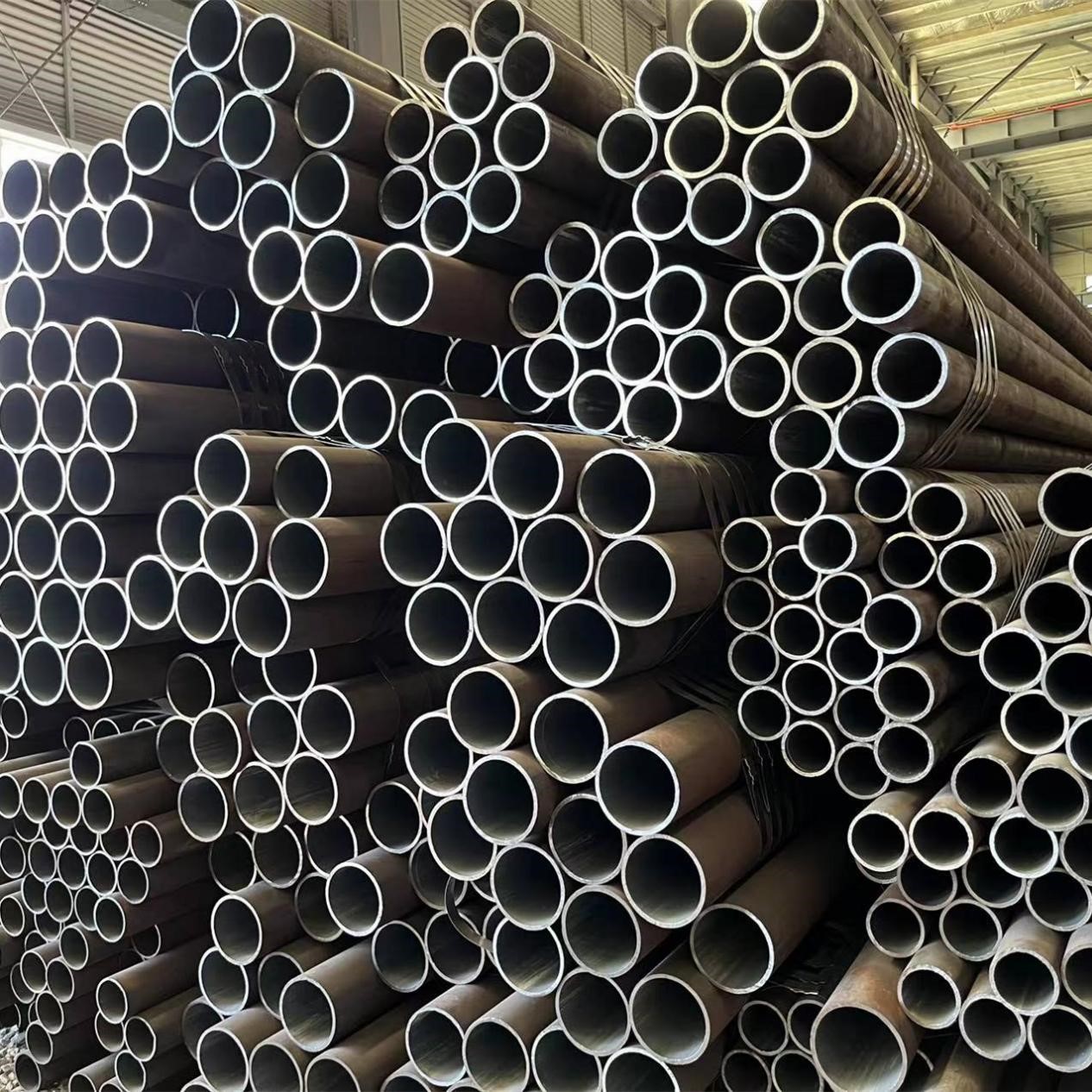
Ferrous, steel and non-ferrous metals
1. Ferrous metals refer to iron and iron alloys. Such as steel, pig iron, ferroalloy, cast iron, etc. Both steel and pig iron are alloys based on iron and with carbon as the main added element, collectively referred to as iron-carbon alloys. Pig iron refers to a product made by smelting iron ore ...Read more -
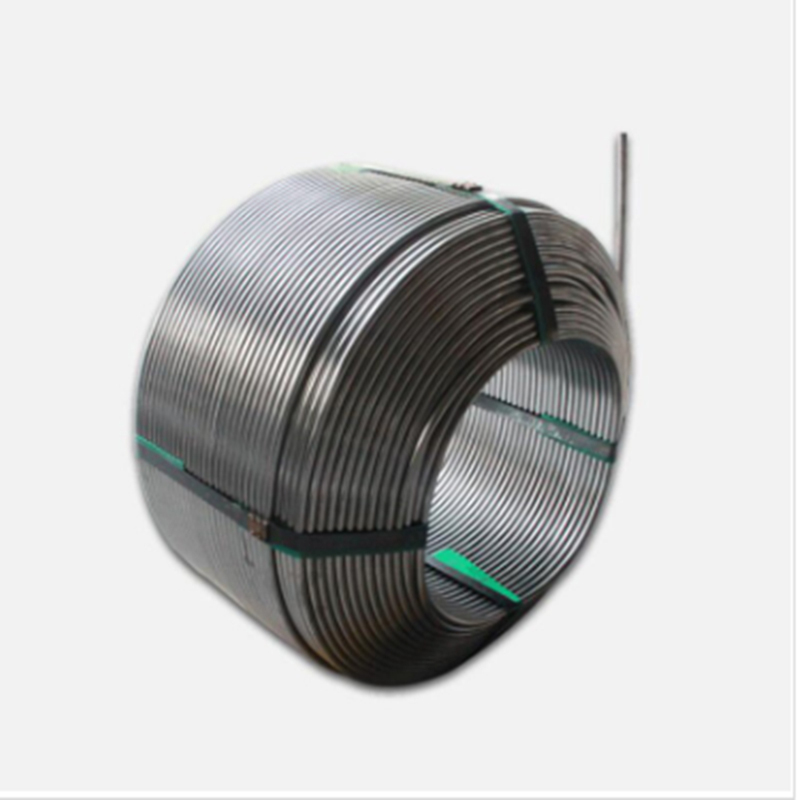
Mechanical Properties of Steel
1. Yield point When the steel or sample is stretched, when the stress exceeds the elastic limit, even if the stress does not increase, the steel or sample continues to undergo obvious plastic deformation, which is called yielding, and the minimum stress value when the yielding phenomenon occurs i...Read more










